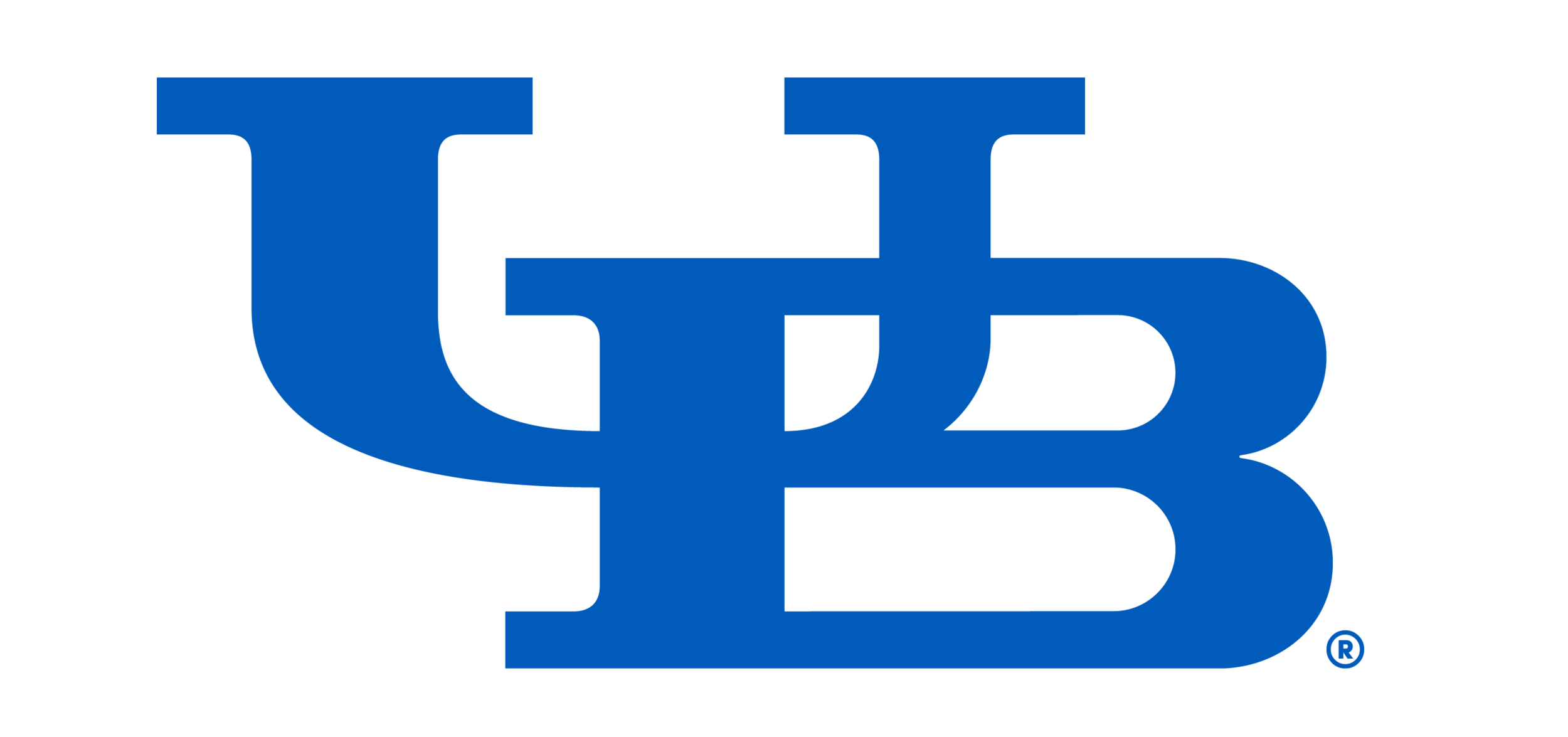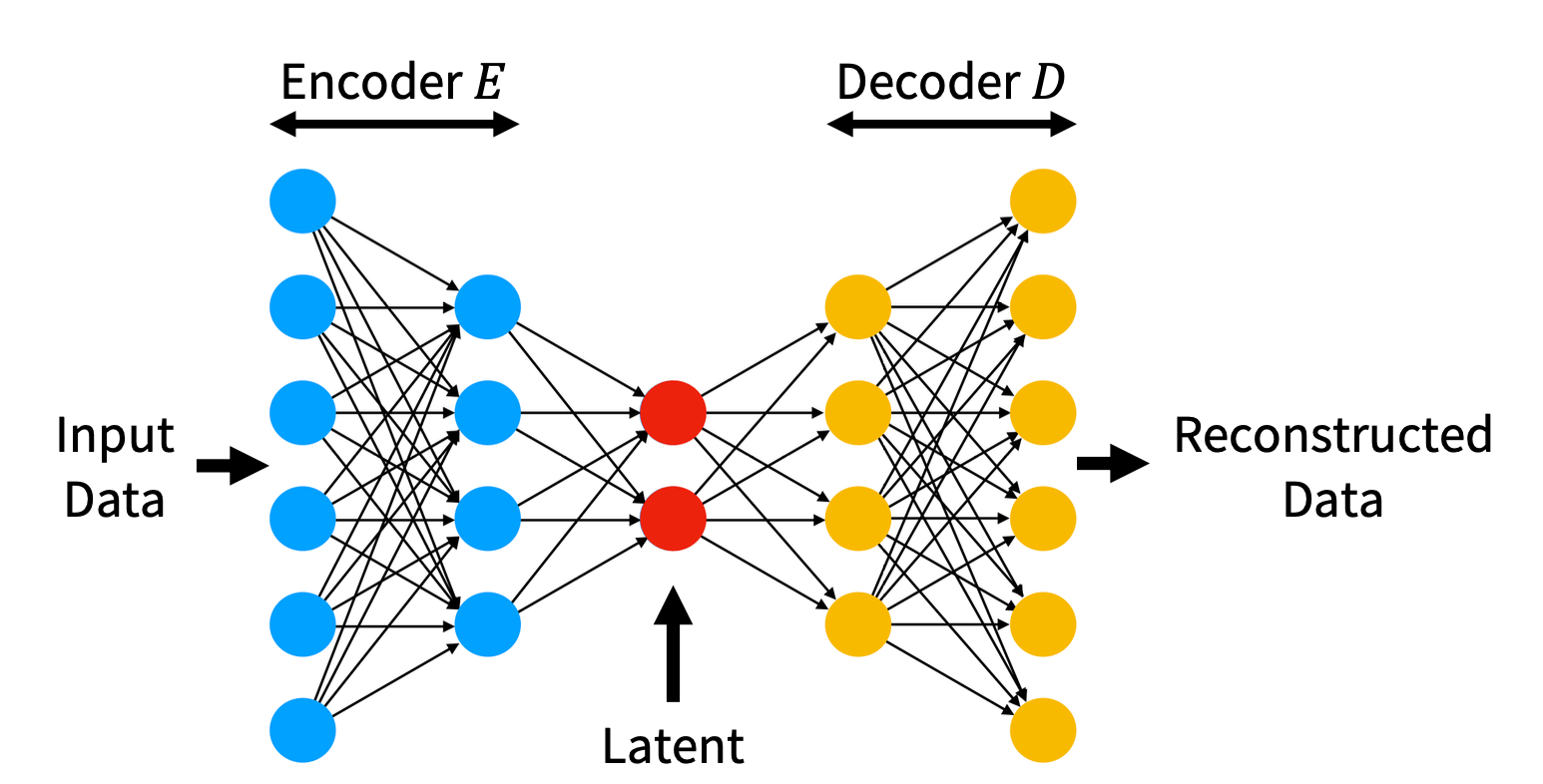
\text{Intro to AutoEncoders and}
\textbf{Naresh Kumar Devulapally}
\text{CSE 4/573: Computer Vision and Image Processing}
\text{Naresh Kumar Devulapally}
\text{CSE 4/573: CVIP, Summer 2025}
\text{July 10, 2025}
\text{Lecture 13: July 15, 2025}
\text{Variational AutoEncoders}
CVIP 2.0
\text{AutoEncoders}
\text{Naresh Kumar Devulapally}
\text{CSE 4/573: CVIP, Summer 2025}

- Neural Networks (NNs) are feature extractors
- Feature Extraction using NNs recap
- AutoEncoders
- Transpose Convolutions
- AutoEncoders PyTorch Coding Example
- Inference in AutoEncoders
- Variational AutoEncoders
- Notation in Variational AutoEncoders (VAEs)
- ELBO in VAEs
- VAES PyTorch Coding Example
\( \text{Agenda of this Lecture:}\)
\text{July 10, 2025}
\text{Naresh Kumar Devulapally}
\text{CSE 4/573: CVIP, Summer 2025}

\text{July 10, 2025}
\text{Feature Extraction using NNs}

Neural Networks have two components:
- Feature Extractor Module
- Task specific head
You can experiment with simple neural networks at Tensorflow Playground
Usually extracted features are of
lower dimension than data (x)
\text{Naresh Kumar Devulapally}
\text{CSE 4/573: CVIP, Summer 2025}

\text{July 10, 2025}
\text{Intro to GenAI: Data Distribution}
but, what does it mean when two images are closer to each other?

Closer in Low-Dimensional Feature Space
\text{Naresh Kumar Devulapally}
\text{CSE 4/573: CVIP, Summer 2025}

\text{July 10, 2025}
\text{PyTorch Code sample - Feature Extraction - NNs}

\text{Naresh Kumar Devulapally}
\text{CSE 4/573: CVIP, Summer 2025}

\text{July 10, 2025}
\text{PyTorch Code sample - Feature Extraction - NNs}

\text{Naresh Kumar Devulapally}
\text{CSE 4/573: CVIP, Summer 2025}

\text{July 10, 2025}
\text{PyTorch Code sample - Feature Extraction - CNNs}

\text{Naresh Kumar Devulapally}
\text{CSE 4/573: CVIP, Summer 2025}

\text{July 10, 2025}
\text{PyTorch Code sample - Feature Extraction - CNNs}

\text{Naresh Kumar Devulapally}
\text{CSE 4/573: CVIP, Summer 2025}

\text{July 10, 2025}
\text{AutoEncoders}

Simple MLP AutoEncoder
\text{Naresh Kumar Devulapally}
\text{CSE 4/573: CVIP, Summer 2025}

\text{July 10, 2025}
\text{AutoEncoders}
Simple MLP AutoEncoder

\text{Naresh Kumar Devulapally}
\text{CSE 4/573: CVIP, Summer 2025}

\text{July 10, 2025}
\text{AutoEncoders}

\text{Naresh Kumar Devulapally}
\text{CSE 4/573: CVIP, Summer 2025}

\text{July 10, 2025}
\text{AutoEncoders}

Convolutional AutoEncoder
\text{Naresh Kumar Devulapally}
\text{CSE 4/573: CVIP, Summer 2025}

\text{July 10, 2025}
\text{Variational AutoEncoders}

P(x \mid z)
P(z \mid x)
Posterior
Generative Model
\text{Naresh Kumar Devulapally}
\text{CSE 4/573: CVIP, Summer 2025}

\text{July 10, 2025}
\text{Conditional Variational AutoEncoders}

P(x \mid z)
P(z \mid x)
Posterior
Generative Model

\text{Naresh Kumar Devulapally}
\text{CSE 4/573: CVIP, Summer 2025}

\text{July 10, 2025}
\text{Conditional Variational AutoEncoders}




\text{Naresh Kumar Devulapally}
\text{CSE 4/573: CVIP, Summer 2025}

\text{July 10, 2025}
\text{GANs}

\text{Naresh Kumar Devulapally}
\text{CSE 4/573: CVIP, Summer 2025}

\text{July 10, 2025}
\text{GANs}


\text{Naresh Kumar Devulapally}
\text{CSE 4/573: CVIP, Summer 2025}

\text{July 10, 2025}
\text{Conditional GANs}

Training dynamics
1. Draw a batch of real images \( x_i \) with labels \( y_i \).
2. Sample noise \( z_i \) and random labels \( y_i \).
3. Update Discriminator on real \( (x_i,y_i) \) vs. fake \( (G(z_i,y_i),y_i) \).
4. Update Generator to fool \( D\bigl(G(z_i,y_i),y_i\bigr) \) into thinking those fakes are real.
\text{Naresh Kumar Devulapally}
\text{CSE 4/573: CVIP, Summer 2025}

\text{July 10, 2025}
\text{Conditional GANs}

